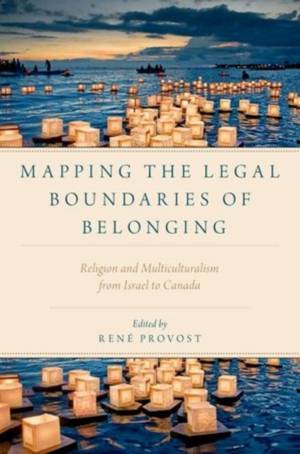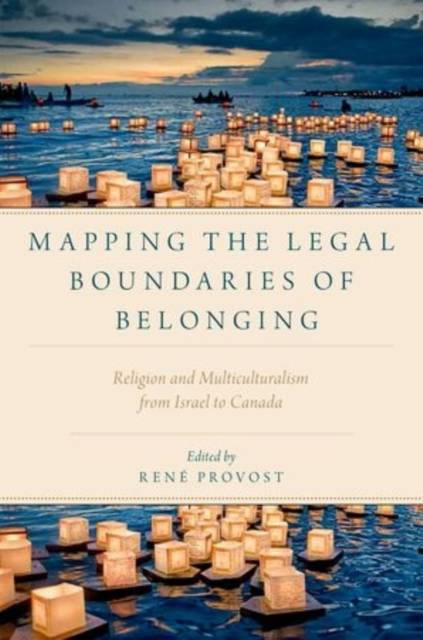
- Afhalen na 1 uur in een winkel met voorraad
- Gratis thuislevering in België vanaf € 30
- Ruim aanbod met 7 miljoen producten
- Afhalen na 1 uur in een winkel met voorraad
- Gratis thuislevering in België vanaf € 30
- Ruim aanbod met 7 miljoen producten
Zoeken
Mapping the Legal Boundaries of Belonging
Religion and Multiculturalism from Israel to Canada
Rene Provost
€ 66,45
+ 132 punten
Omschrijving
For several decades, culture played a central role in challenging the liberal tradition. More recently however, religion has re-emerged as one of the central challenges facing Western liberal societies' conception of multiculturalism. Mapping the Legal Boundaries of Belonging explores the complex relationship between religion and multiculturalism and the role of the state and law in the creation of boundaries. The intersection between religion, nationalism and other vectors of difference in Canada and Israel offer an ideal laboratory in which to examine multiculturalism in particular and the governance of diversity in general. The contributors to this volume investigate concepts of religious difference and diversity and the ways in which these two states and legal systems understand and respond to them. As a consequence of a purportedly secular human rights perspective, they show, state laws may appear to define religious identity in a way that contradicts the definition found within a particular religion. Both state and religion make the same mistake if they take a court decision that emphasizes individual belief and practice as effecting a direct modification of a religious norm: the court lacks the power to change the authoritative internal definition of who belongs to a particular faith. Similarly, in the pursuit of a particular model of social diversity, the state may adopt policies that imply a particular private/public distinction foreign to some religious traditions.
Specificaties
Betrokkenen
- Auteur(s):
- Uitgeverij:
Inhoud
- Aantal bladzijden:
- 340
- Taal:
- Engels
- Reeks:
Eigenschappen
- Productcode (EAN):
- 9780199383016
- Verschijningsdatum:
- 2/12/2014
- Uitvoering:
- Paperback
- Formaat:
- Trade paperback (VS)
- Afmetingen:
- 155 mm x 231 mm
- Gewicht:
- 453 g

Alleen bij Standaard Boekhandel
+ 132 punten op je klantenkaart van Standaard Boekhandel
Beoordelingen
We publiceren alleen reviews die voldoen aan de voorwaarden voor reviews. Bekijk onze voorwaarden voor reviews.












